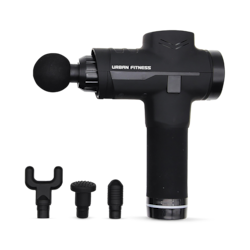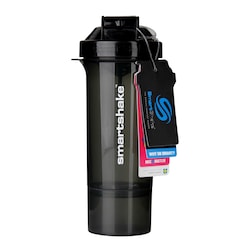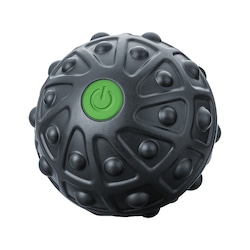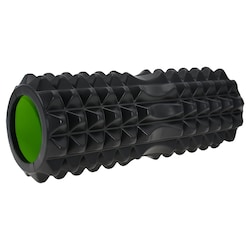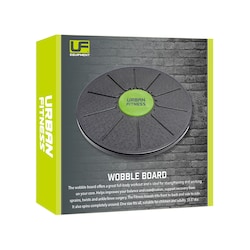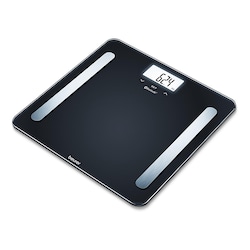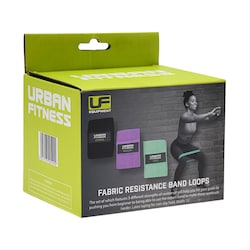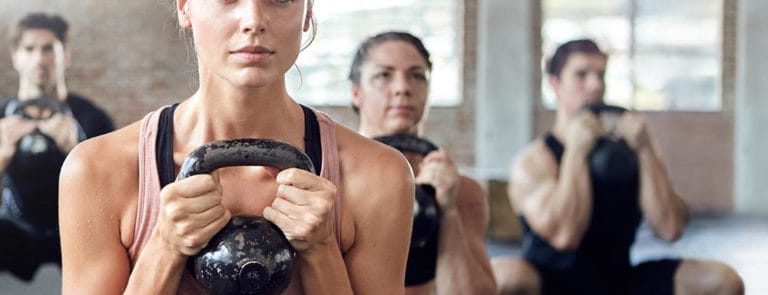15% off £30 OR 20% off £40
6 benefits of weighted hula hooping
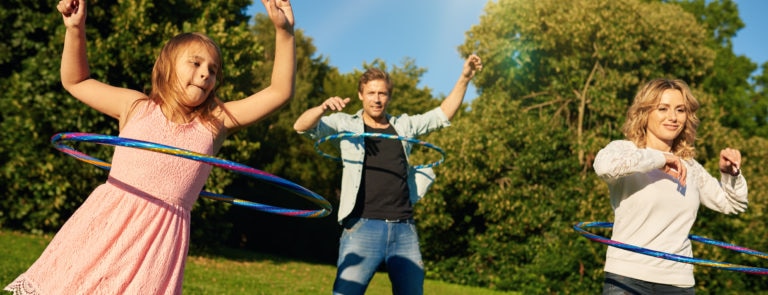
Hula hooping is the laugh-a-minute childhood game which has recently seen a comeback as a fun adults’ exercise.
Not only can it boost your mood (you try playing with a hoop for 10 minutes and not crack a smile) but it’s a great total body workout.
In this article, we’ll explain how hula hooping can support you in achieving your fitness goals.
Then, we’ll suggest exercises to the hula-curious, so you can begin to enjoy those astonishing health benefits yourself.
What are weighted hula hoops?
Much like the name might suggest, a weighted hula hoop is the same as the brightly coloured hula hoops you may remember from the playground, only heavier.
Usually, the weights range between 1 and 3kg.
So as with any sort of strength training – it's ideal to choose a weight that feels challenging, but comfortable enough that your form doesn’t falter.
Do weighted hula hoops work?
There’s not a great deal of science-backed research into the benefits of weighted hula hooping, but the studies that do exist have some positive results
A small study published by the National Library of Medicine in 2015 found the benefits of weighted hula hooping over a six-week period.
Research found that all participants involved in the study who returned for the post-trial reassessment had lost weight from their hips and waist.1
Calories burned by hula hooping
According to the Mayo Clinic, women can burn around 165 calories for half an hour's worth of hula hooping, and men can look to burn around 200 for the same amount of time.
Six benefits of hula hooping
-
Burns calories
Hula hooping is an effective way of burning calories.
Half an hours’ worth of hula hooping is said to be as effective as salsa, swing, or belly dancing.
As mentioned above, a hula hoop workout which lasts for 30-minutes, women can expect to burn 165 calories, and men, 200 calories.2
-
Smaller waist and hip measurements
Hula hooping can provide as much exercise as other aerobic activities.
The NHS recommends that you do 150 minutes of moderate exercise or 75 minutes of vigorous activity a week.2
A 2015 study found that women who used a weighted hula hoop every day for six weeks saw a significant decrease in fat around their waist and hips.3
-
Better balance
Hula hooping workouts can help your posture and core. It’s thought your movement and physicality can be benefited by a weighted hula hoop.
Hula hooping requires you to maintain posture and core stability, two activities which are connected to better balance overall.4
-
Support heart health
Physical exercise one of the most effective ways to support heart health.
Hula hooping as a type of cardiovascular exercise supports your heart, which will not only happen but can help in later life.5
-
Support brain health
Like other cardiovascular exercise, regular hula hooping exercises may help support brain health.
The endorphins you release when doing regular exercise helps you mentally, which is why regular cardiovascular exercise has been shown to improve cognition, with benefits increasing the older you are!6
-
Keeps you motivated
Finally, exercising of any kind can be pretty addictive. Weighted hula hooping is no different - once you start, you’ll struggle to put it down!
Hula hoop exercises
To help you get started, we’ve picked out five exercises that you can do at home.
Hula hooping is a fun form of exercise you don’t need a costly gym membership to enjoy.
All you need is a hoop (slightly weighted ones are recommended for adults) and some space.
Be advised, if you plan on hula hooping in your house, don’t do it near any valuable ceramics!
If you’ve never hula hooped before, we’re here to help. We’ll give you a list of great exercises you can do to reap the benefits of hula hooping:7
5 hula hoop workout exercise
-
Side-stretch with the hoop
Place the hoop in the small of your back and raise your arms to parallel with your head, lightly holding the hoop. Sway from side to side, encouraging a good side-body stretch as you do so.
-
Half-lunge hoop
Place one leg in front of the other in a half-lunge position. Rotate the hoop with your hip muscles. Do this for a couple of minutes and then switch sides.
-
Arms out, wide-legged hoop
Stand with your legs more than hip-width apart and extend your arms outward, so they’re parallel with your toes. Rotate the hoop.
-
Plié hoop
Adopt a ballet posture and place your weight in the balls of your feet. Keep your torso upright and lower your body in space, while rotating the hoop on your hips, simultaneous to the plié.
-
Halo hoop
Hold the hoop above your head like a halo while you rotate your arm. This move works your triceps, shoulders and core. Switch sides after a couple of minutes.
Is hula hooping safe for everyone?
Like with many exercises, making sure your form is right is as important as doing the exercise itself.
You should also avoid wearing baggy or ill-fitting clothing, yoga pants or fitted shorts are probably more appropriate as you’re less likely to have an accident.
Finally, if you have a back injury you might want to approach with caution and only do as much as you feel comfortable with while your body adjusts to something new.
As with starting any form of exercise. If you have any concerns about your health.
Last updated: 27 July 2021
- https://www.runnersworld.com/uk/training/cross-training/a35739836/weighted-hula-hooping/
- https://www.nhs.uk/live-well/exercise/#:~:text=do%20at%20least%20150%20minutes,not%20moving%20with%20some%20activity.
- https://www.mayoclinic.org/healthy-lifestyle/fitness/expert-answers/weighted-hula-hoops/faq-20058073
- https://www.acefitness.org/education-and-resources/professional/expert-articles/7156/balancing-act-how-to-incorporate-balance-work-into-your-training-sessions/
- https://www.ncbi.nlm.nih.gov/pubmed/25268284
- https://www.ncbi.nlm.nih.gov/pmc/articles/PMC5329739/
- https://www.columbianeurology.org/aerobic-exercise-good-brain-says-study


